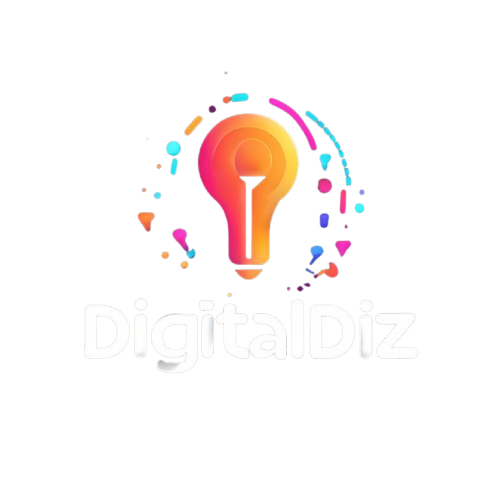Artistic creation has never been as dynamic as it is today, thanks to the possibility of combining traditional techniques with advanced digital tools, including artificial intelligence (AI). This practical guide presents methods to integrate scanned watercolor paintings, analog collages, photographic textures, and AI-generated art into a single digital artwork. The key differentiator is exploring hybrid workflows that enhance creativity and open doors to unprecedented results.
The Analog Base: Watercolor and Collage
Start with the analog base. Creating physical watercolors and collages brings the richness of real materials — the texture of paper, the nuances of pigments, and the charm of handmade overlays. Scanning these pieces in high resolution is essential to preserve details and allow precise digital manipulation. Careful capture is crucial so the transition to the digital environment does not lose quality.
Digital Integration: Software and Composition
With scanned images in hand, it’s possible to integrate them into Photoshop or other editing software. This is where the magic of the hybrid happens: watercolor layers blend with digital collages, fine adjustments are made, and photographic textures are overlaid to enrich the visual result. Using layer masks and blending modes in Photoshop enables the creation of complex effects where analog and digital elements coexist harmoniously.
The Role of Artificial Intelligence in Art
Artificial intelligence becomes a powerful ally in this process. Software like DALL·E, Midjourney, or Stable Diffusion can generate visual elements that dialogue with the initial composition style. For example, a series of abstract patterns, distortions, or surreal objects can be created by AI and incorporated as new layers, adding depth and originality to the artwork.
Hybrid Workflow: Essential Step-by-Step
A hybrid workflow might follow this order:
- Create analog elements (watercolor, collage, drawings).
- Scan at high resolution to preserve details.
- Import and compose in digital software (e.g., Photoshop).
- Generate additional elements with AI based on specific prompts, ensuring synergy with your artistic vision.
- Integrate and adjust AI elements into the composition, prioritizing visual cohesion.
- Apply photographic textures to create unity and depth.
- Finalize with color, contrast adjustments, and filters to unify the final piece.
Crucial Advantages and Technical Considerations
Using AI in creation not only allows the generation of visual elements but also experimentation with variations and styles that would be difficult to achieve manually. For example, applying digital glitches, repetitions, or programmed distortions can give a contemporary and intriguing touch to the work.
It is important to highlight that the artist’s curation and creative direction are decisive. AI works as a powerful tool, not as an autonomous creator. The selection, combination, and final editing of generated pieces transform a simple montage into a coherent and impactful artwork, ensuring quality and originality of the final content.
Complementary Tools to Enhance the Workflow
Beyond Photoshop, other tools can enrich the workflow, such as Procreate for initial digital sketches, Lightroom for advanced photographic corrections, and AI platforms that allow refined control over the style of generated images. Knowing and experimenting with these tools broadens the creative repertoire and helps define a personal visual identity.
Reflection on the Dialogue Between Traditional and Digital
The combination of traditional techniques and emerging technologies is not just a technical matter but an opportunity to reflect on contemporary art and its new paradigms. The dialogue between handcrafted and digital, human and machine, opens space for creations that challenge expectations and expand the understanding of what can be considered art.
Documenting the Creative Process and Flexibility
When creating works using this hybrid method, consider documenting the process. Showing the steps from watercolor to final AI integration can engage the audience and explain the value of the technique used. This transparency also highlights the innovation behind the work.
This creation model is especially suitable for artists seeking innovation but wanting to maintain a tangible connection with traditional materials and processes. It is flexible, allowing adaptations according to the creator’s style and objectives, whether for illustration, design, visual arts, or multimedia experiments.
Expand Your Creative Horizon with Hybrid Techniques
In summary, combining scanned watercolor, analog collages, photographic textures, and AI-generated art through hybrid workflows broadens the horizons of artistic creation. It is an invitation to experimentation, where manual control meets the power of intelligent automation, generating surprising and visually rich results.










